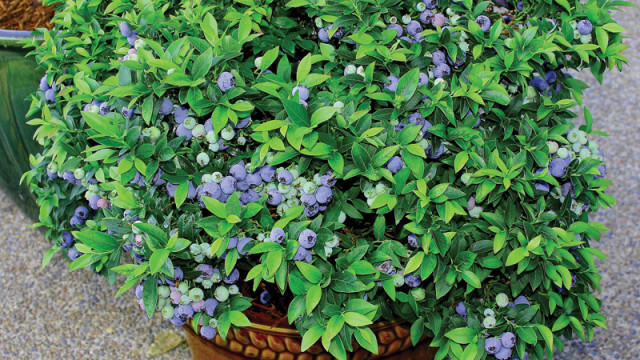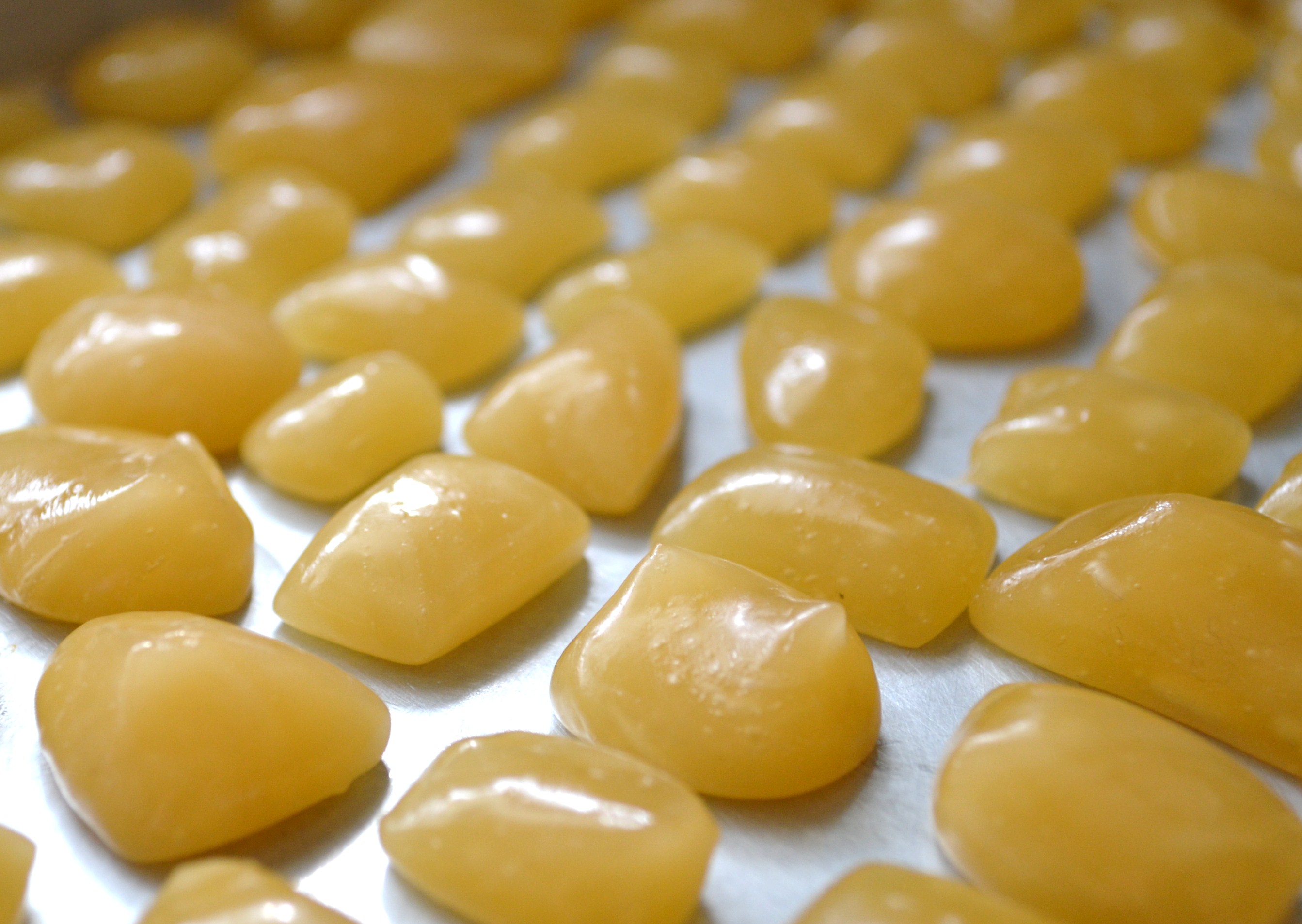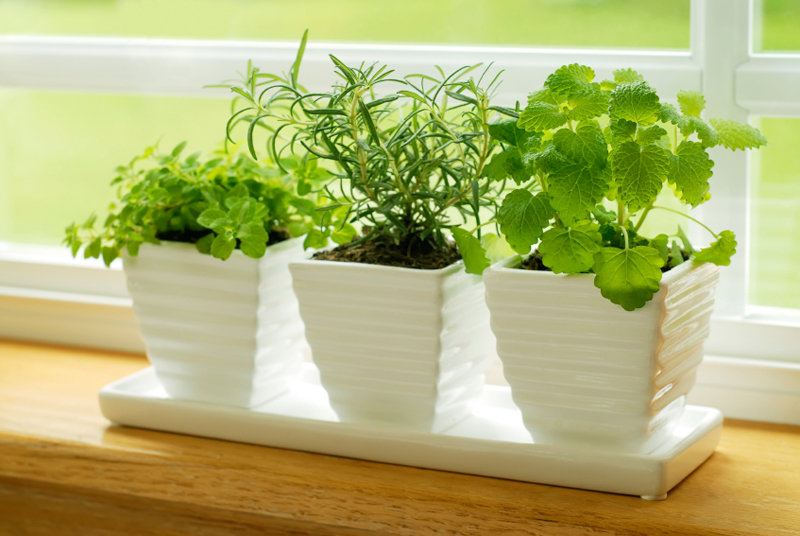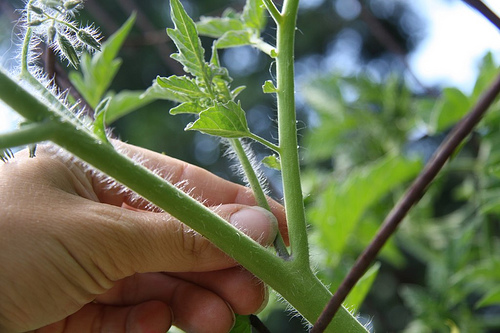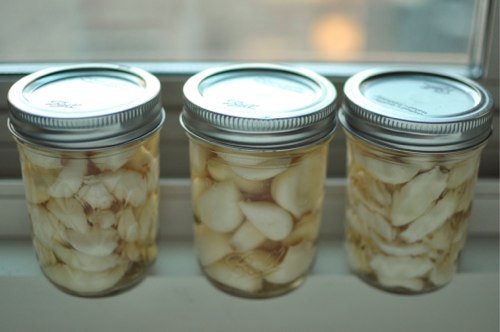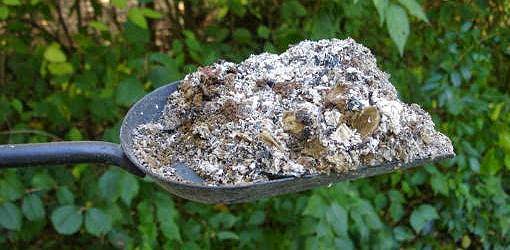How to Grow Blueberries
Blueberries are a delicious “superfood”. They are full in antioxidants like anthocyanin and offer numerous health benefits. They can get quite costly at the store, especially when they are out of season. But since blueberries are a perennial shrub, there is no reason for you to be spending money over and over again at the … Read more

